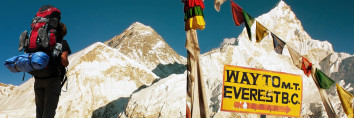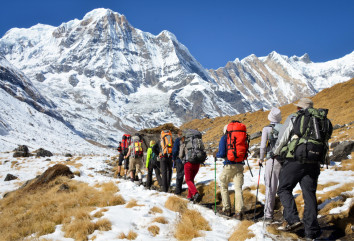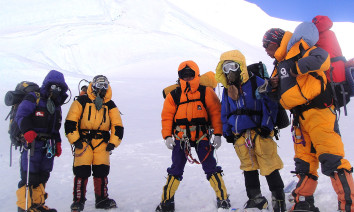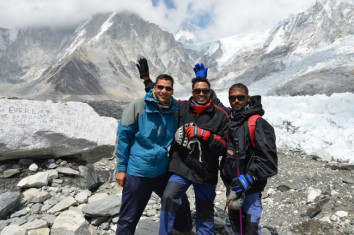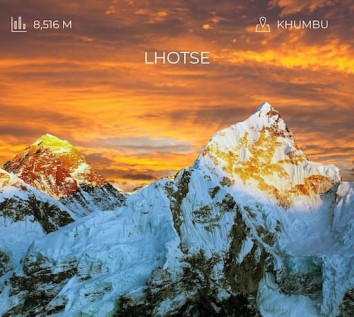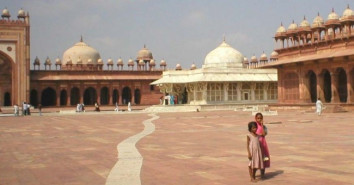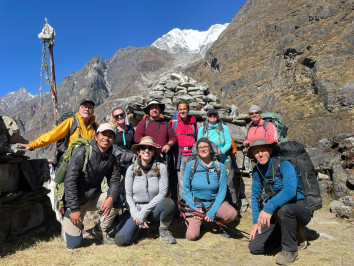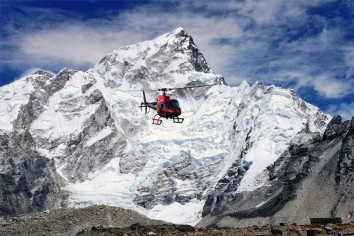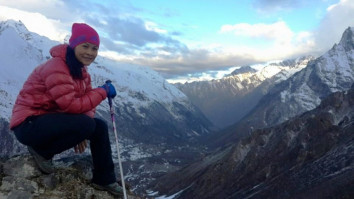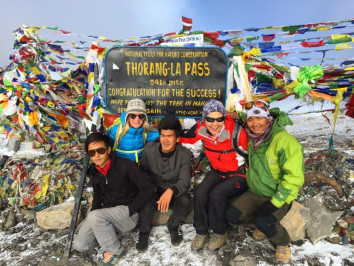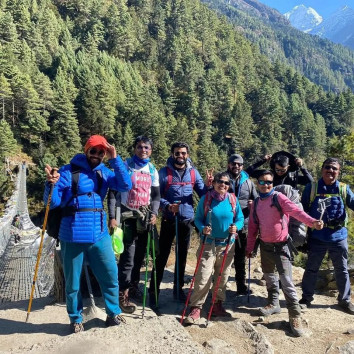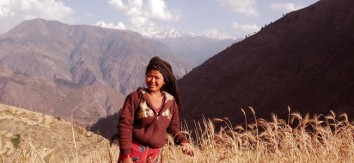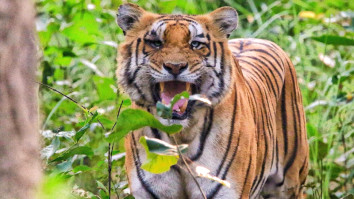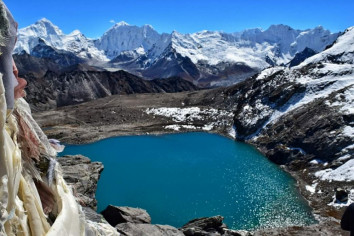25th Dec, 2023
Discover Culinary Delights Along the Everest Base Camp Trek
Embark on an extraordinary journey through the breathtaking Everest region, where food facilities are crafted to meet the nutritional needs of trekkers while embracing authenticity and local flavors. By making informed choices, you can relish a diverse array of meals that will fuel your adventure and immerse you in the region's unique culinary experiences.
Table of Contents
a. Dining Diversity
As you traverse the Everest Base Camp Trek, a plethora of dining options awaits, catering to various tastes and dietary preferences. Teahouses and lodges offer a fusion of local and international cuisines, ensuring a broad selection of energizing meals throughout your expedition.
The quintessential Nepali dish, Dal Bhat, a hearty combination of rice, lentil soup, and assorted vegetable or meat curries, stands out as a staple for many trekkers. This nutritious delight, available in nearly every teahouse, provides the essential energy needed for the trek.
Beyond local specialties, indulge in international fare such as pasta, noodles, momos, and rice-based dishes, providing alternative sources of vital carbohydrates. Don't miss the chance to savor traditional Tibetan bread and pancakes, often complemented with honey, jam, or eggs for added taste and energy.
Most teahouses also offer a variety of hot and cold beverages, including tea, coffee, and soft drinks, ensuring trekkers remain hydrated and comfortable during their expedition.
When deciding what to eat on the Everest Base Camp Trek, focus on maintaining a balanced diet with diverse food choices to sustain your energy levels and relish the region's distinctive culinary offerings.
b. Meat Considerations
While meat is available along the lower altitudes of the Everest Base Camp Trek, its availability diminishes as you ascend due to transportation challenges and the lack of refrigeration facilities. In remote, higher-altitude teahouses, caution is advised when opting for meat, considering potential concerns about freshness and quality.
While meat may be accessible, choosing vegetarian options, especially at higher altitudes, is a safer and more advisable approach. This ensures your food is fresh, hygienic, and less likely to pose health risks during your trek.
c. Freshness Assurance
Food served along the trekking trails is generally prepared fresh in teahouses and lodges. However, the freshness of ingredients may vary based on altitude and location. Lower altitudes offer more accessible and fresh supplies, while higher altitudes may experience limitations, especially with perishable items like meat and dairy.
Teahouse owners strive to provide freshly prepared meals using locally sourced ingredients. Vegetarian options are often recommended, particularly at higher altitudes, where vegetables and grains are more readily available and fresh compared to meat.
d. Hydration Strategies
Ensuring access to safe drinking water is essential during the trek. While bottled water is available at teahouses and lodges, it becomes more expensive with altitude and contributes to environmental concerns.
Trekkers can also source water from taps or streams along the route, but direct consumption is not advisable due to potential contaminants. Some teahouses may offer purified or filtered water for a fee, providing a safer alternative. Using water purification tablets, a water filter, or a UV water purifier is recommended to ensure the water you consume is safe.
e. Meal Frequency
Maintaining energy levels through regular, balanced meals is crucial during the Everest Base Camp Trek. Trekkers typically enjoy three meals a day—breakfast, lunch, and dinner—each serving as a vital source of nutrients.
Breakfast options include porridge, cereals, bread, eggs, and hot beverages. Lunch, taken at teahouses en route, consists of noodles, pasta, sandwiches, or the traditional Dal Bhat. A substantial dinner, served at the night's teahouse or lodge, offers various options to aid recovery and prepare for the next day's trek.
In addition to main meals, carrying snacks like energy bars, nuts, and dried fruits provides an extra boost during short breaks on the trek, keeping hunger at bay between meals."
Recent Posts

23rd Jan, 2017

12th Jan, 2014
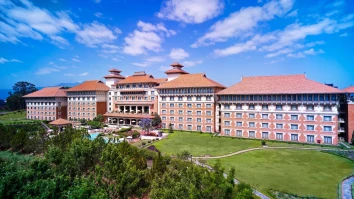
24th Apr, 2017
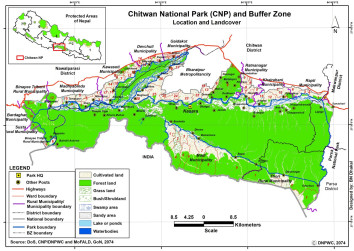
3rd Apr, 2014

3rd Jun, 2017

20th Jan, 2017

16th Jan, 2017
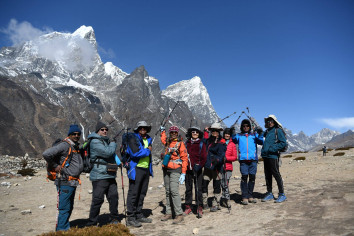
12th Jul, 2015

9th Apr, 2019
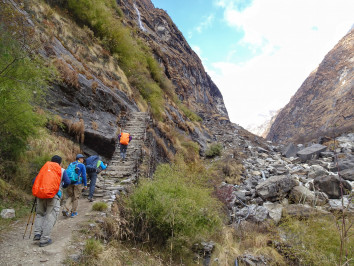
9th Jan, 2014
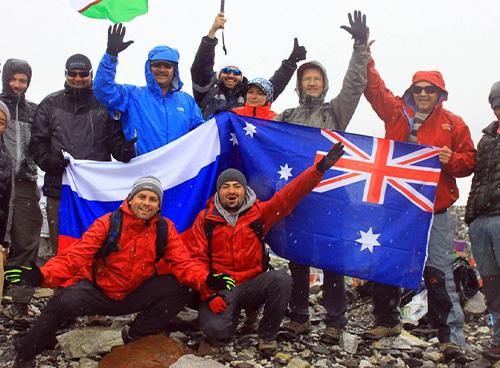
4th Apr, 2019
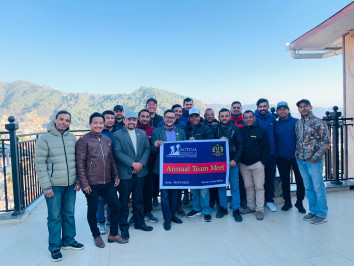
2nd Jan, 2014

2nd Apr, 2019

2nd Jan, 2014
-1.jpg)
30th Jan, 2017
-1.jpg)
4th Oct, 2018

16th Oct, 2018

9th Oct, 2018

24th Jan, 2016

4th Oct, 2018
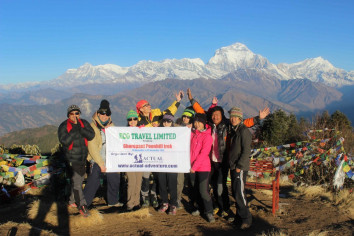
24th Aug, 2022

8th Sep, 2022

15th Sep, 2022
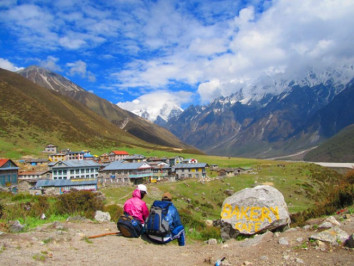
3rd Mar, 2023
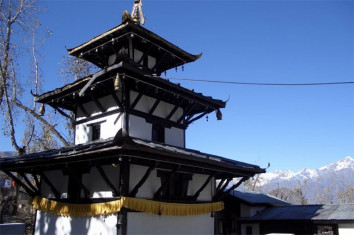
7th Mar, 2023
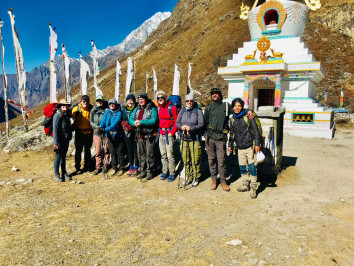
27th Mar, 2023

5th Apr, 2023

12th Apr, 2023
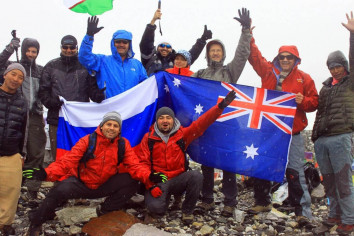
21st Apr, 2023

24th Apr, 2023
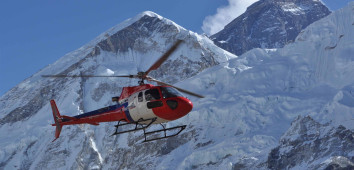
27th Apr, 2023

1st May, 2023
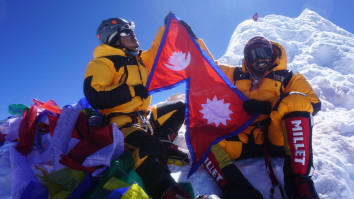
1st May, 2023
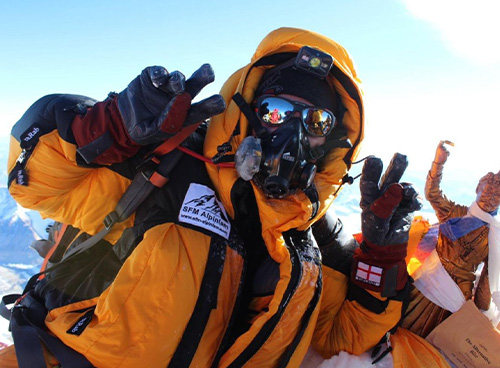
3rd May, 2023
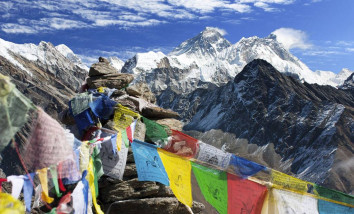
18th May, 2023
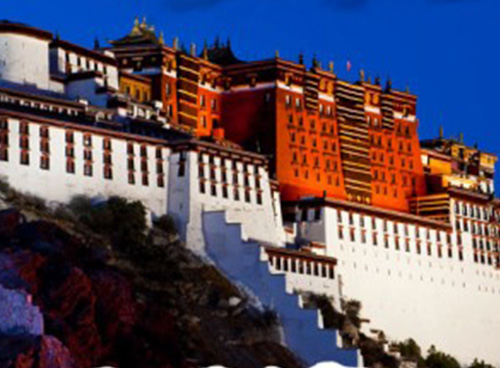
19th May, 2023

16th Jul, 2023

16th Jul, 2023
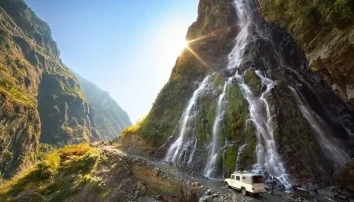
16th Jul, 2023
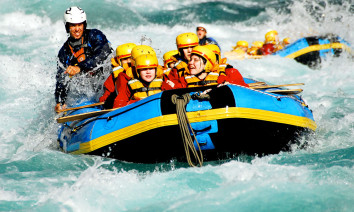
16th Jul, 2023

17th Jul, 2023

17th Jul, 2023

17th Jul, 2023

17th Jul, 2023

17th Jul, 2023

17th Jul, 2023

17th Jul, 2023

20th Jul, 2023
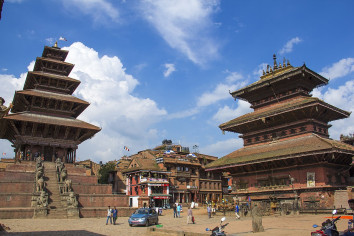
21st Jul, 2023

27th Jul, 2023
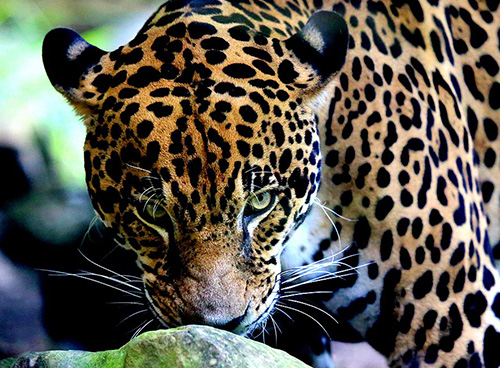
30th Jul, 2023
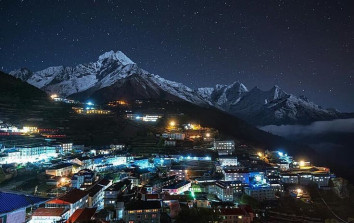
30th Jul, 2023

21st Aug, 2023
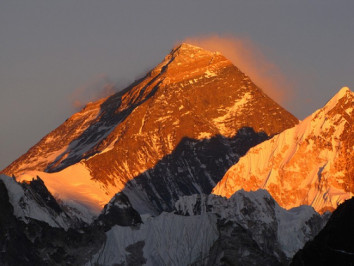
22nd Aug, 2023
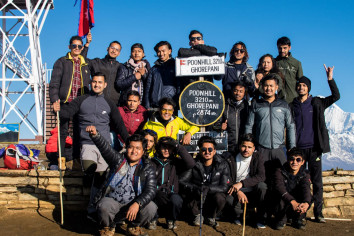
28th Aug, 2023
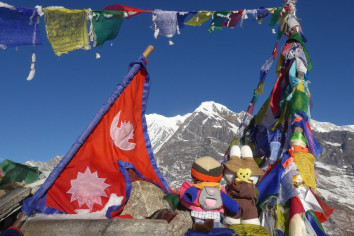
6th Oct, 2023

5th Nov, 2023

7th Nov, 2023

19th Nov, 2023
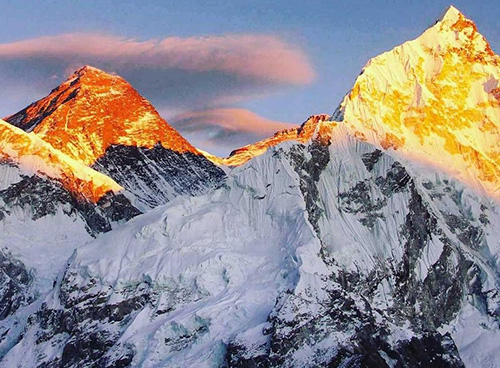
25th Nov, 2023

1st Dec, 2023
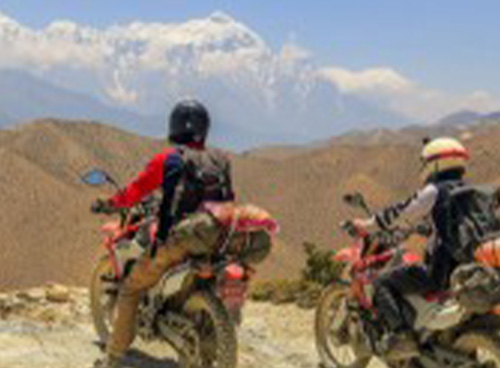
3rd Dec, 2023

13th Dec, 2023
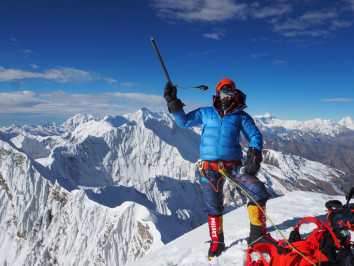
13th Dec, 2023
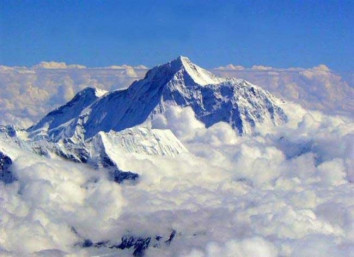
13th Dec, 2023

21st Dec, 2023

21st Dec, 2023

23rd Dec, 2023
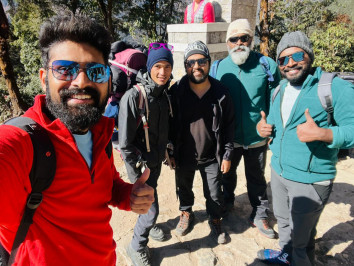
25th Dec, 2023

25th Dec, 2023

31st Dec, 2023
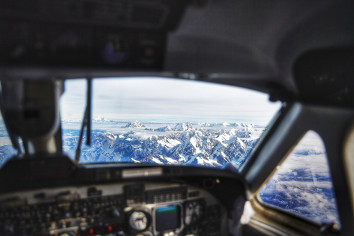
31st Dec, 2023
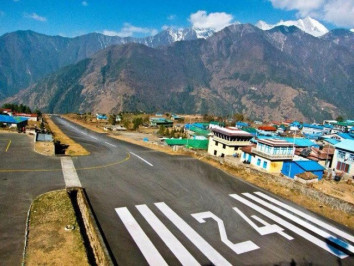
31st Dec, 2023

1st Jan, 2024
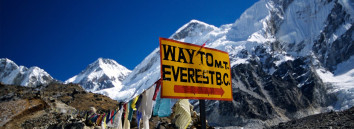
2nd Jan, 2024
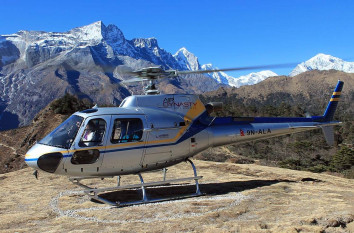
2nd Jan, 2024
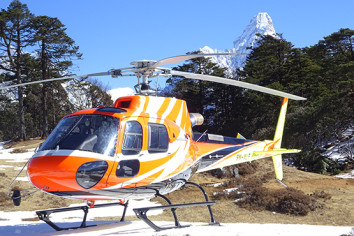
2nd Jan, 2024

3rd Jan, 2024
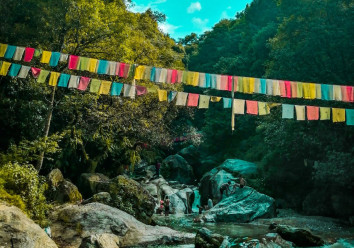
4th Jan, 2024
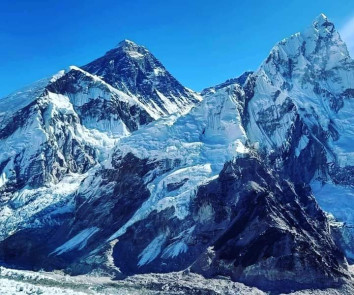
4th Jan, 2024
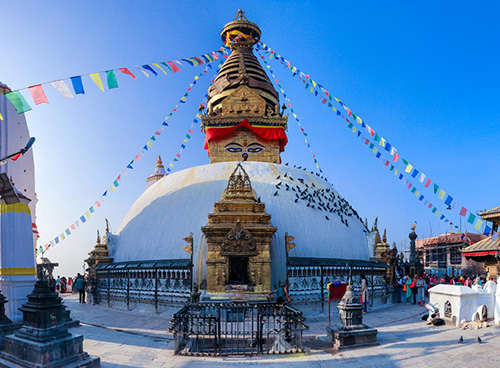
4th Jan, 2024
.jpg)
4th Jan, 2024

4th Jan, 2024

4th Jan, 2024

5th Jan, 2024

6th Jan, 2024

6th Jan, 2024

9th Jan, 2024

10th Jan, 2024
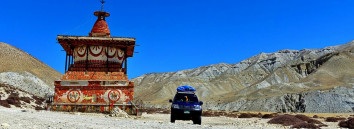
10th Jan, 2024
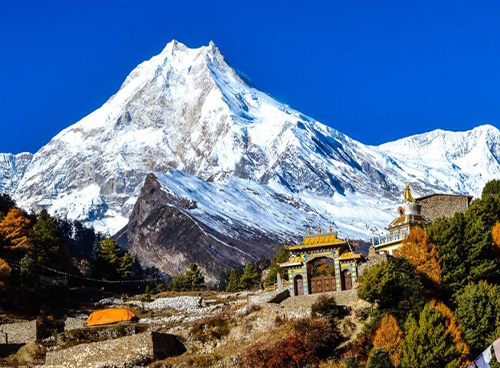
10th Jan, 2024

10th Jan, 2024
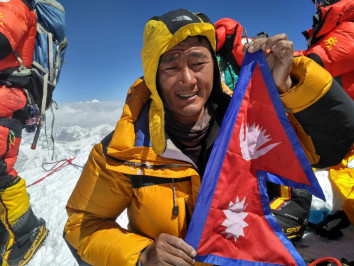
11th Jan, 2024
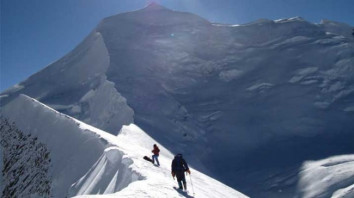
11th Jan, 2024

12th Jan, 2024

12th Jan, 2024
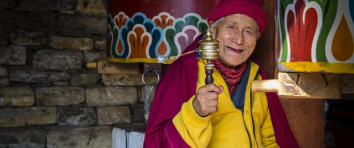
13th Jan, 2024
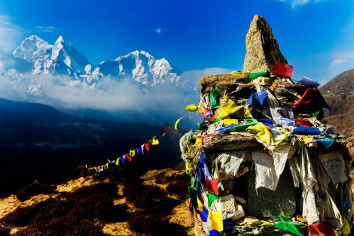
14th Jan, 2024
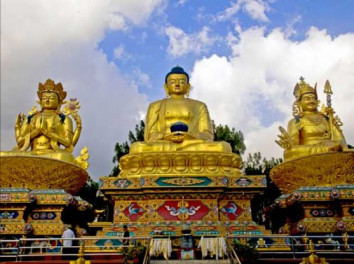
14th Jan, 2024

15th Jan, 2024
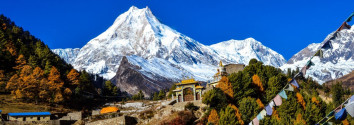
15th Jan, 2024

15th Jan, 2024

16th Jan, 2024
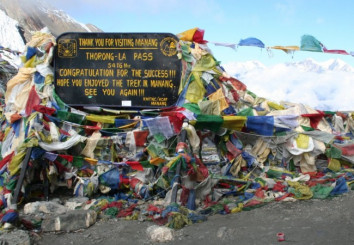
16th Jan, 2024
.jpg)
16th Jan, 2024

16th Jan, 2024
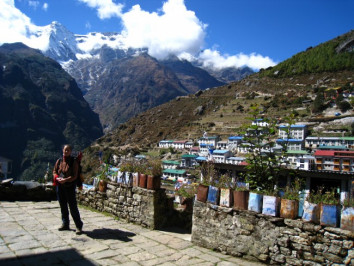
18th Jan, 2024
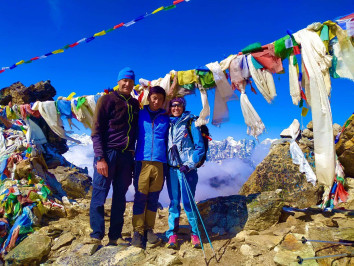
24th Jan, 2024
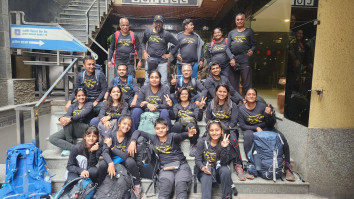
26th Jan, 2024
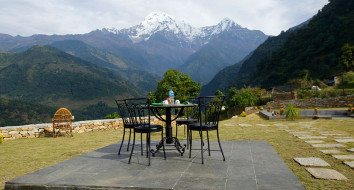
28th Jan, 2024
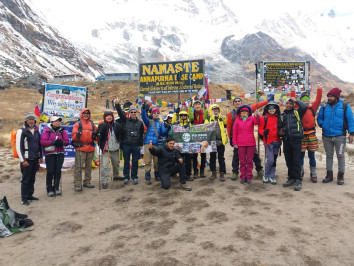
28th Jan, 2024

30th Jan, 2024
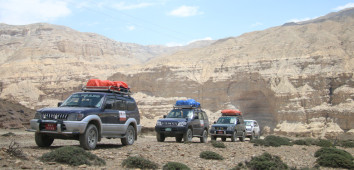
30th Jan, 2024
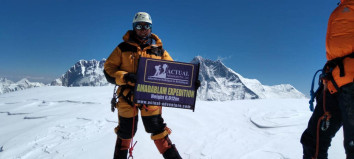
2nd Feb, 2024

2nd Feb, 2024

2nd Feb, 2024
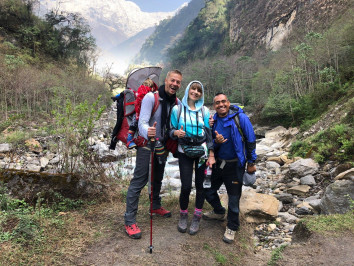
3rd Feb, 2024
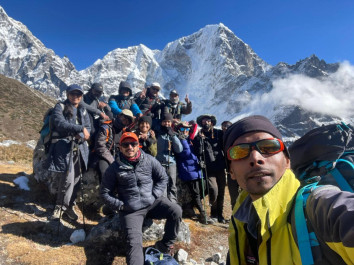
4th Feb, 2024

8th Feb, 2024

9th Feb, 2024

10th Feb, 2024
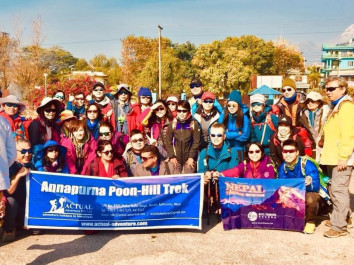
10th Feb, 2024
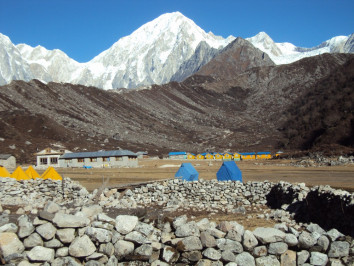
11th Feb, 2024

12th Feb, 2024
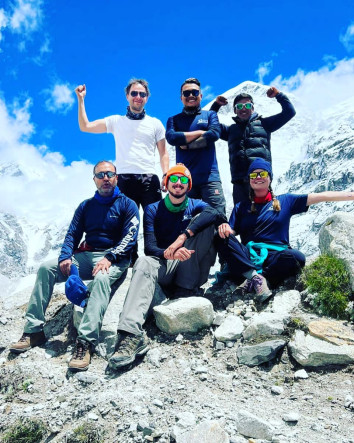
12th Feb, 2024

13th Feb, 2024

13th Feb, 2024

16th Feb, 2024

18th Feb, 2024

20th Feb, 2024
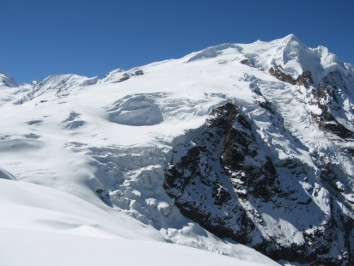
21st Feb, 2024
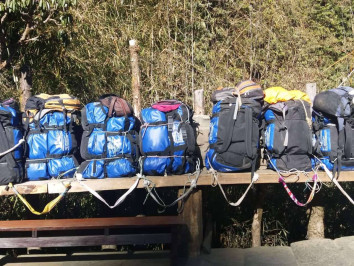
21st Feb, 2024

27th Feb, 2024
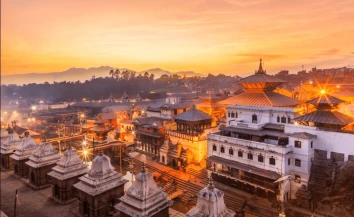
3rd Mar, 2024

3rd Mar, 2024
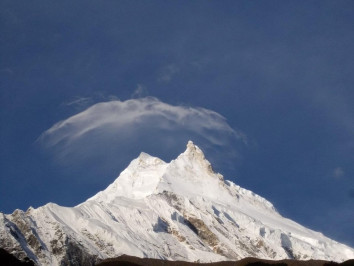
4th Mar, 2024
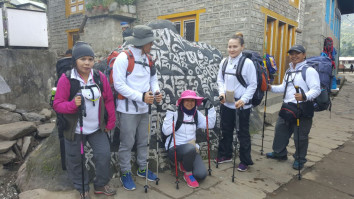
5th Mar, 2024
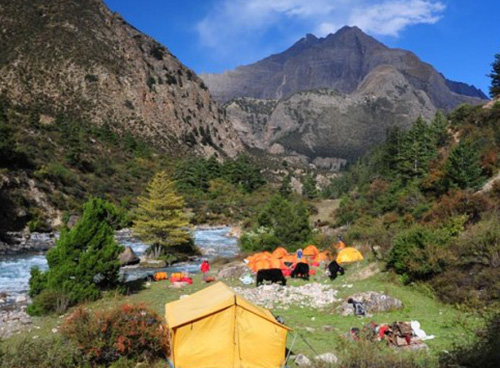
5th Mar, 2024

10th Mar, 2024

10th Mar, 2024

10th Mar, 2024
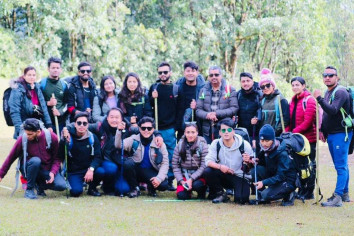
11th Mar, 2024

13th Mar, 2024

13th Mar, 2024
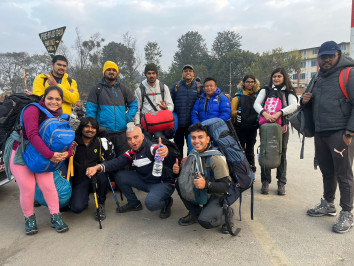
19th Mar, 2024
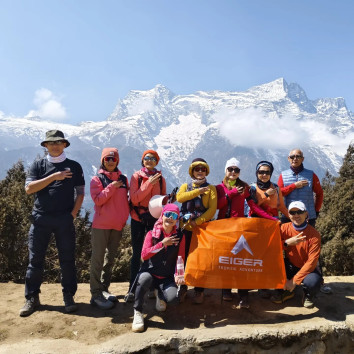
22nd Mar, 2024

26th Mar, 2024

27th Mar, 2024

27th Mar, 2024

27th Mar, 2024
-1624864292-1.jpg)
28th Mar, 2024

2nd Apr, 2024

2nd Apr, 2024

4th Apr, 2024
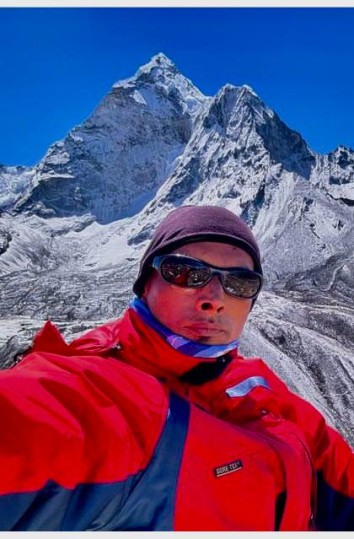
12th Apr, 2024
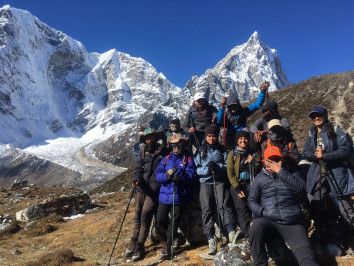




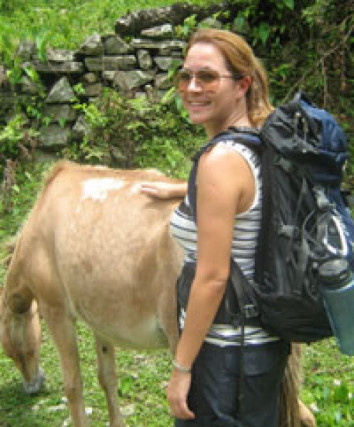
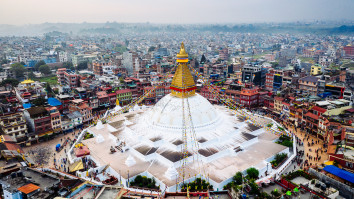
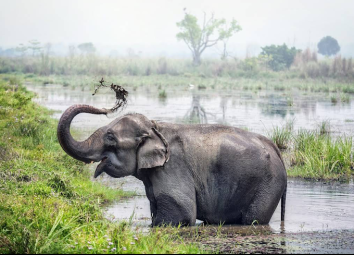


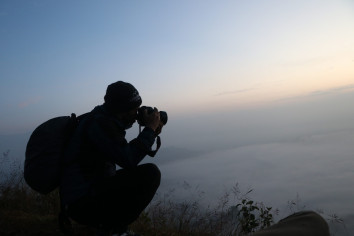


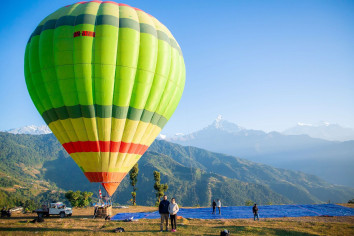






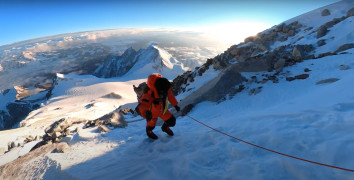
.jpg)
